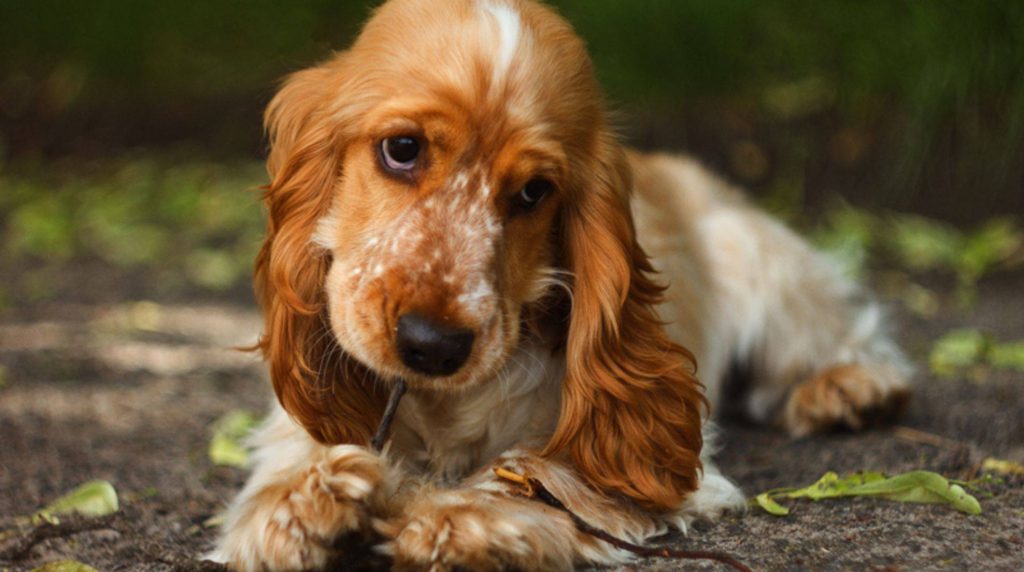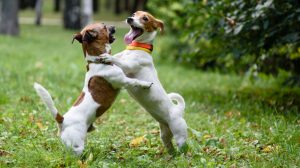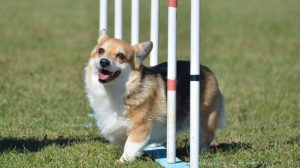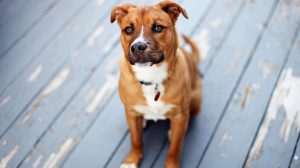In some ways, dogs are like little children; they too need to learn impulse control and good behavior. If a dog immediately follows every impulse that stirs in him, it can be unpleasant or dangerous. In addition, it is challenging to teach animals something when they are constantly distracted by impulses and stimuli. The following tips will help you to improve your four-legged friend’s self-control.

It is essential for both child and dog training that the protégés are not always given in to immediately – otherwise, they will never learn to exercise impulse control. However, this is important to be able to concentrate on new learning materials later in school or during training. Also, humans and animals have a hard time socializing when they always get what they want right away since they never learn to be considerate of the wants and needs of others. In addition, children and dogs can inadvertently put themselves in danger if they do what they feel like without thinking.
Don’t overtax your dog’s impulse control.
The best way to improve a dog’s impulse control is when he has more benefits from his self-control than disadvantages. It’s frustrating at first, of course, when you can’t follow an impulse immediately. But every four-legged friend can withstand a certain amount of frustration – how much and in which areas depends on their personality, temperament, and breed-typical dispositions. However, the measure is complete at some point, and it is no longer possible for the animal to control itself. It can then happen that he suddenly “freaks out” from one moment to the next, although he has previously pulled himself together.
Don’t overdo impulse control training, and allow your pet enough rest, playtime, and other enjoyable activities to keep them motivated and fit for the next lesson. Break up the workout into short, manageable chunks that build up over time, be consistent but be fair.
Set priorities: When does the dog need impulse control?
It is not a problem if your dog follows his immediate impulses and instincts in some situations. In these cases, you don’t necessarily need to improve impulse control. This allows you to use your four-legged friend’s energy and frustration tolerance only where it is necessary. It is best to write a list and prioritize when your dog needs to control itself and when not. For example, if you live on a busy street, it’s good to teach your puppy to wait at the front door until he’s leashed and you’ve moved ahead, so he doesn’t just run off and accidentally run into a car. He doesn’t necessarily have to wait if it’s just a matter of letting him out into the fenced yard. Don’t keep him in suspense for too long, or he’ll get impatient sooner or later.
Improving impulse control: Lifelike situations for training
Dogs learn best in concrete, real-life situations. Therefore, do not improve your four-legged friend’s impulse control in abstract exercises, but always in everyday life when self-control is required. This may relate to leaving the house, walking on a leash, or dealing with visitors. When it comes to the game’s rules on the dog playground, it is also essential that your pet has his impulses under control. You can use both positive and negative reinforcement – if your four-legged student behaves as desired, he will be rewarded. This can be a treat but also caresses, praise, or permission to follow the impulse after all. He will not get any reward or attention if he behaves impatiently and starts squeaking, howling, or barking. If he calms down, he will be rewarded again.








